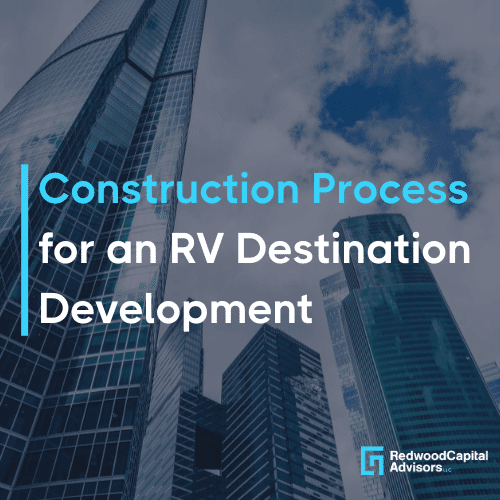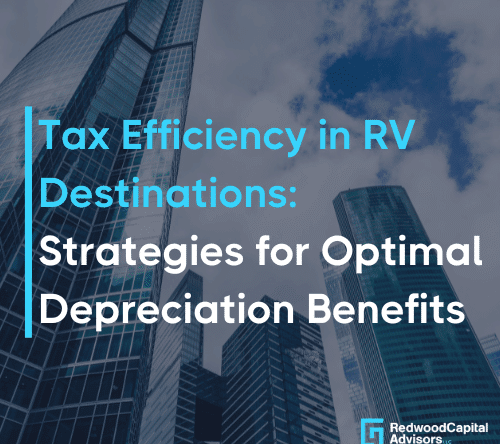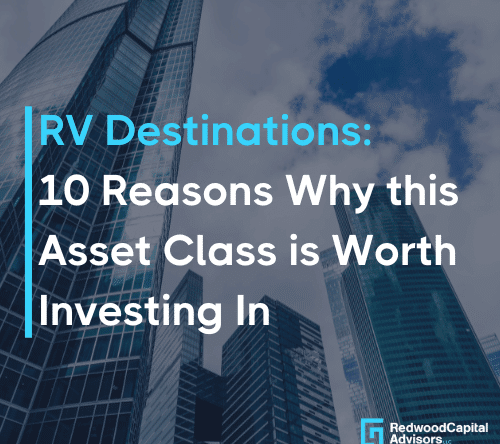Introduction
The recreational vehicle (RV) industry has witnessed a significant surge in popularity, with more individuals seeking unique travel experiences. This growing trend has opened up lucrative opportunities in the development of RV destinations. In this blog, we will explore the intricate construction process for an RV destination development, focusing on key considerations, the build process, and strategic approaches to ensure the success of such a venture.
Key Considerations in RV Destination Development
A) Location: The Foundation of Your RV Destination
- Proximity Matters: The location of your RV destination is pivotal. Its distance to attractions, workplaces, hospitals, and other conveniences can greatly influence its appeal.
- Access is Key: Ensuring black-top access and proximity to interstates can significantly enhance the attractiveness of the destination.
B) RV Destination Type and Its Impact on Customer Base
- Tailored Experiences: Different types of RV destinations attract various customer demographics. It’s crucial to understand this correlation to cater to the right audience.
- Marketing Strategies: Deploy specific marketing tactics tailored to the type of customers you aim to attract.
C) Understanding RV Customers to Determine Amenities
- Amenities for Different Tastes: While destinations and campgrounds might offer minimal amenities, resorts need to cater to a diverse clientele with a wide range of amenities.
- Long-Term Customer Focus: Destinations often provide select amenities tailored specifically for long-term customers.
D) Balancing Amenities with Development Costs and Charge Rates
- Cost vs. Value: More amenities lead to increased development costs but can justify a higher charge rate.
- Profit Maximization: Striking the right balance between development cost and charge rate is crucial for maximizing profit.
The Build Process of an RV Destination Development
- Identifying Desires and Commitments
The construction process begins with a clear understanding of both the personal and financial commitment involved in developing an RV destination. Developers must assess their involvement level in daily operations, decide on the type of guests to attract, and consider the amenities these guests would desire. This step is vital in setting the project’s direction and ensuring alignment with market demands.
- Land Purchase
hoosing the right location is paramount in this phase. Developers must consider factors such as proximity to attractions, workplaces, and essential services. Understanding local zoning regulations, tax laws, and eviction laws is crucial, as is identifying an affordable and sustainable sewer solution, whether it be public, septic, or private treatment plants.
- Engaging with Neighbors
Neighbors’ perceptions and reactions can significantly impact the project. Developers need to anticipate potential resistance and engage in proactive public outreach to mitigate concerns. Choosing sites with fewer neighbors or working to build community support is crucial in smoothing the path for development.
- Negotiating for Success
In this step, developers engage in negotiations covering various aspects, from land costs to construction expenses. Even often-overlooked details, like Public Access Tap Fees, are subject to negotiation, highlighting the importance of thoroughness in this stage.
- Engineering and Compliance
Obtaining a Certificate from the CORP of Engineers is essential, addressing environmental concerns like stormwater runoff and habitat changes. This involves collaboration with various engineering disciplines, including civil, environmental, architectural, HVAC, electrical, and plumbing.
- Liaising with Governing Authorities
Securing necessary permits is a collaborative effort between engineers and governing authorities. This step ensures the project complies with all regulatory requirements and standards, laying the groundwork for construction.
- Permitting
This critical phase involves obtaining all necessary permits for construction. It’s a meticulous process, requiring attention to detail and an understanding of local regulations and standards.
- The Construction Phase
With permits in hand, construction begins under the supervision of a General Contractor. This professional is responsible for overseeing the development and managing subcontractors, ensuring the project stays on track and meets quality standards.
- Marketing
Effective marketing is key to the success of the RV destination. Building on established brand names and employing advanced SEO techniques can significantly increase visibility and attract the right clientele.
- Grand Opening
A successful launch involves engaging local authorities, Chamber of Commerce members, and the media. This event is crucial for creating buzz and drawing initial guests to the destination.
- Managing the Destination
Implementing proven management training strategies is vital for efficient operations. Good management ensures guest satisfaction and smooth running of the destination on a day-to-day basis.
- Exit Strategy
Lastly, planning for the future is essential. This includes considering potential sales or transitions of the RV destination, ensuring long-term viability and profitability.



